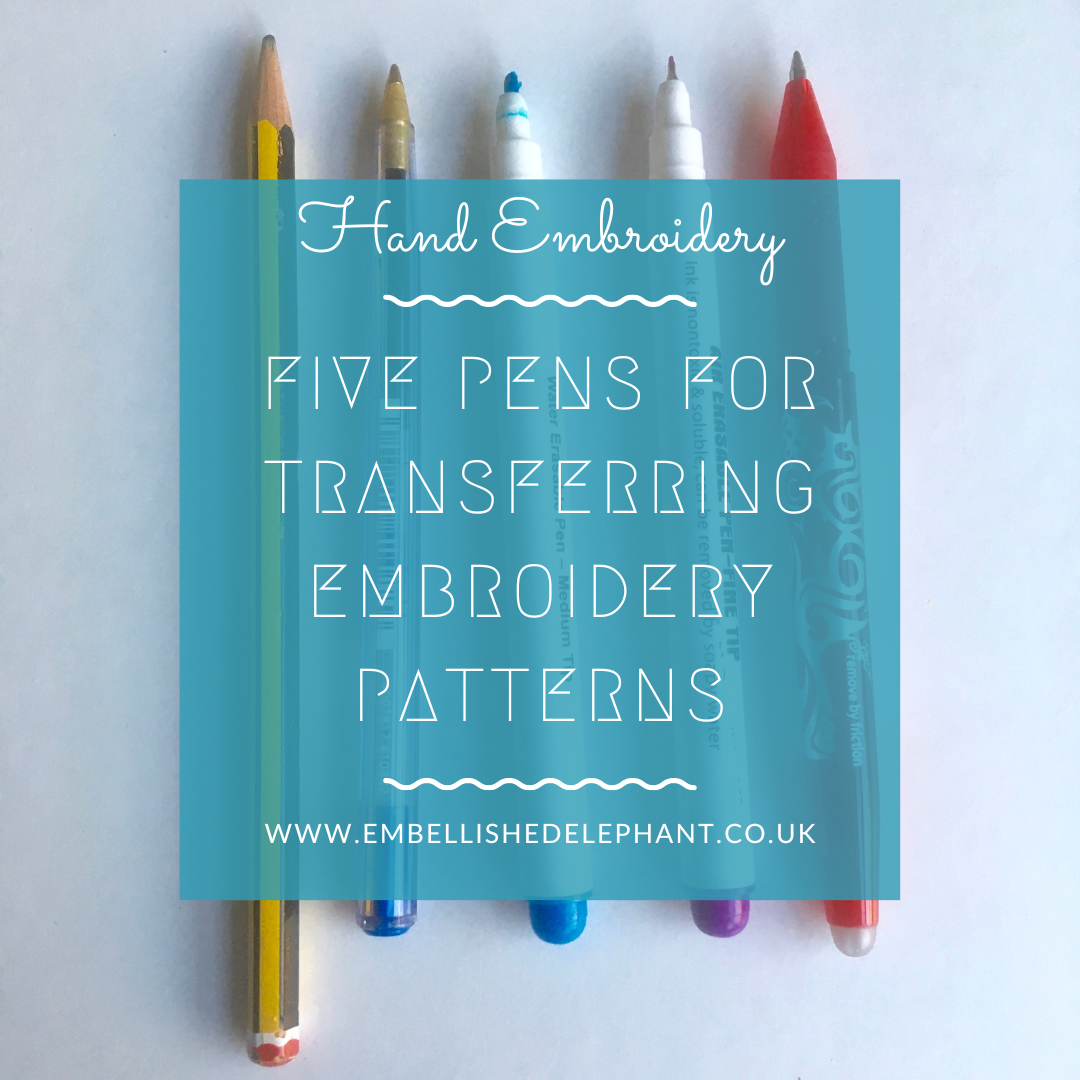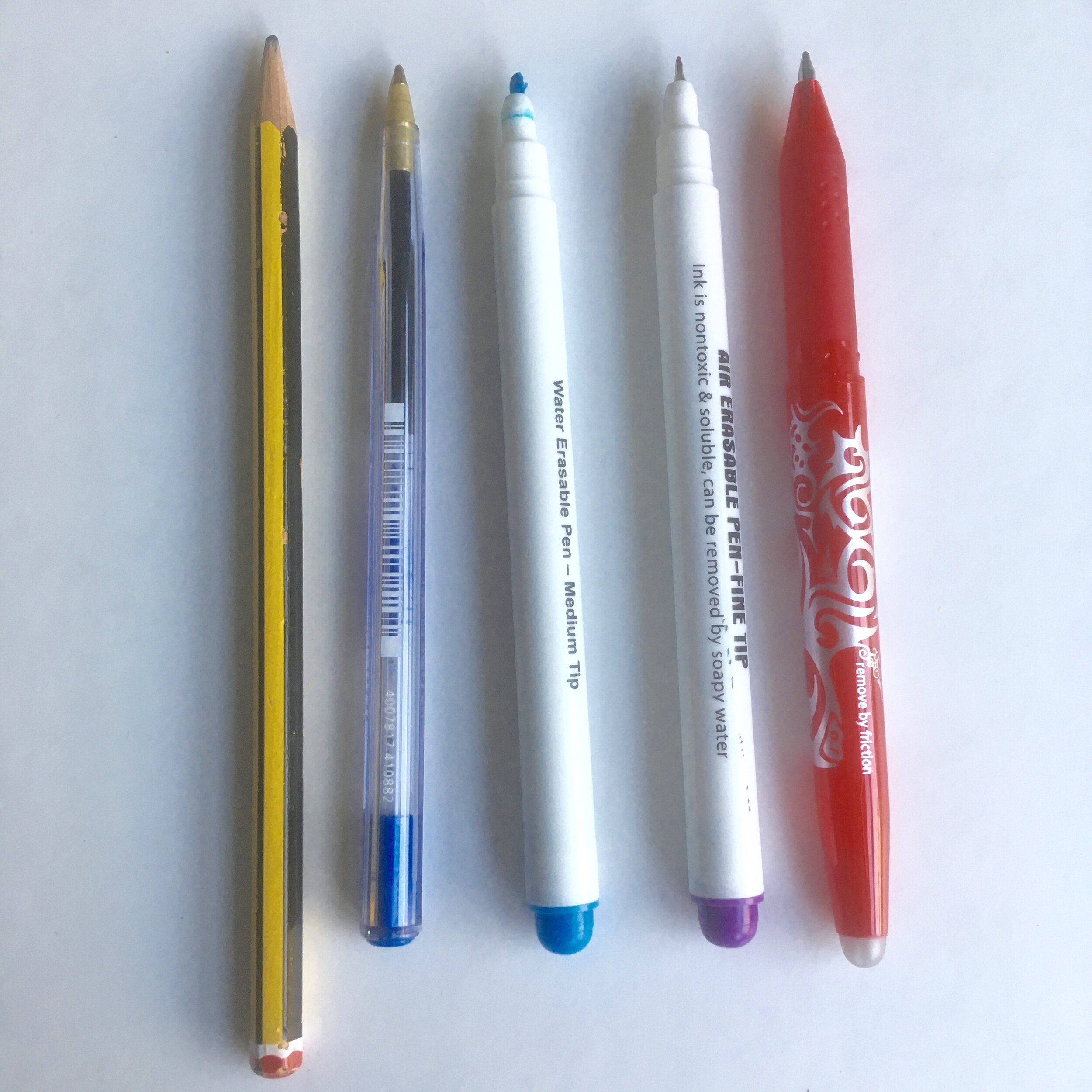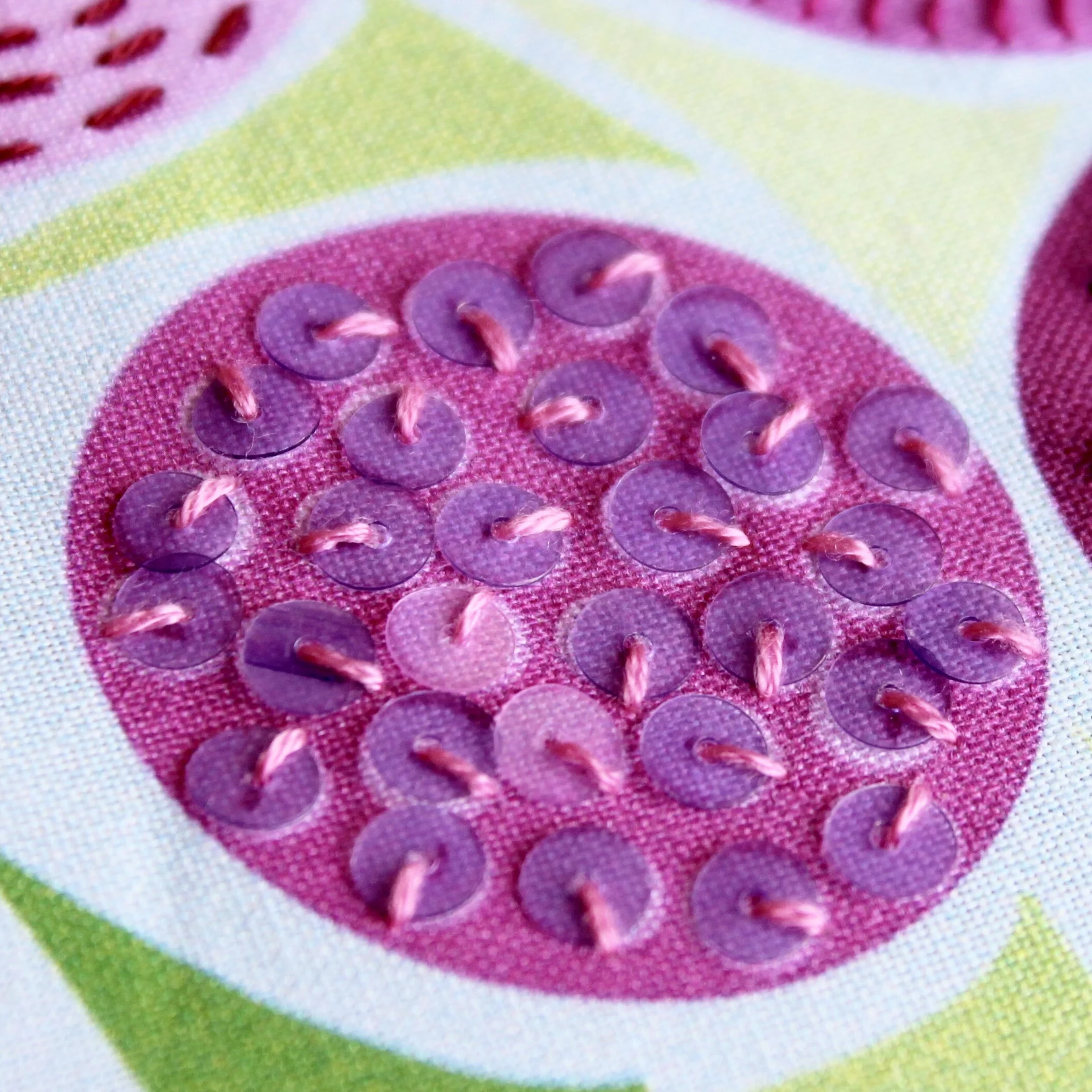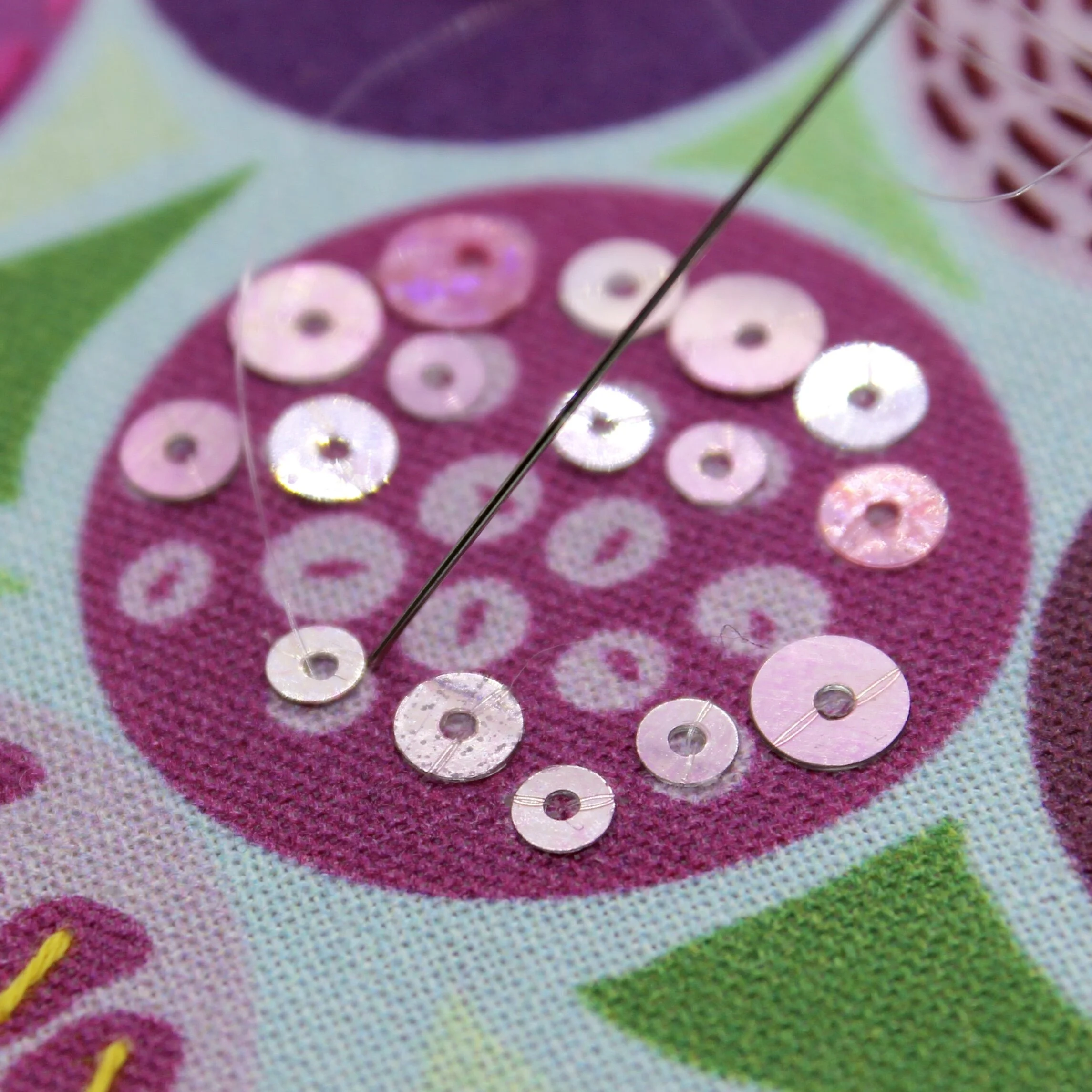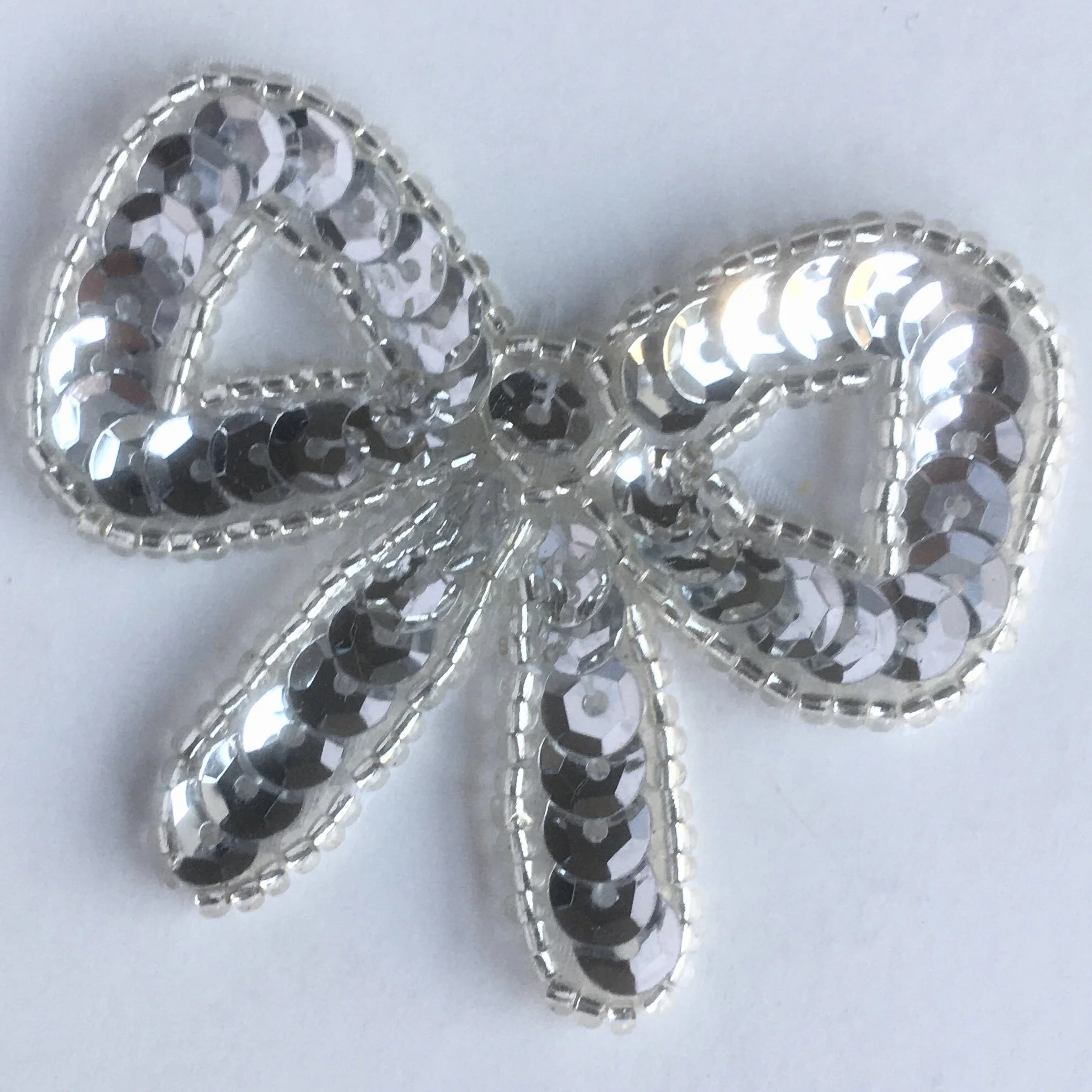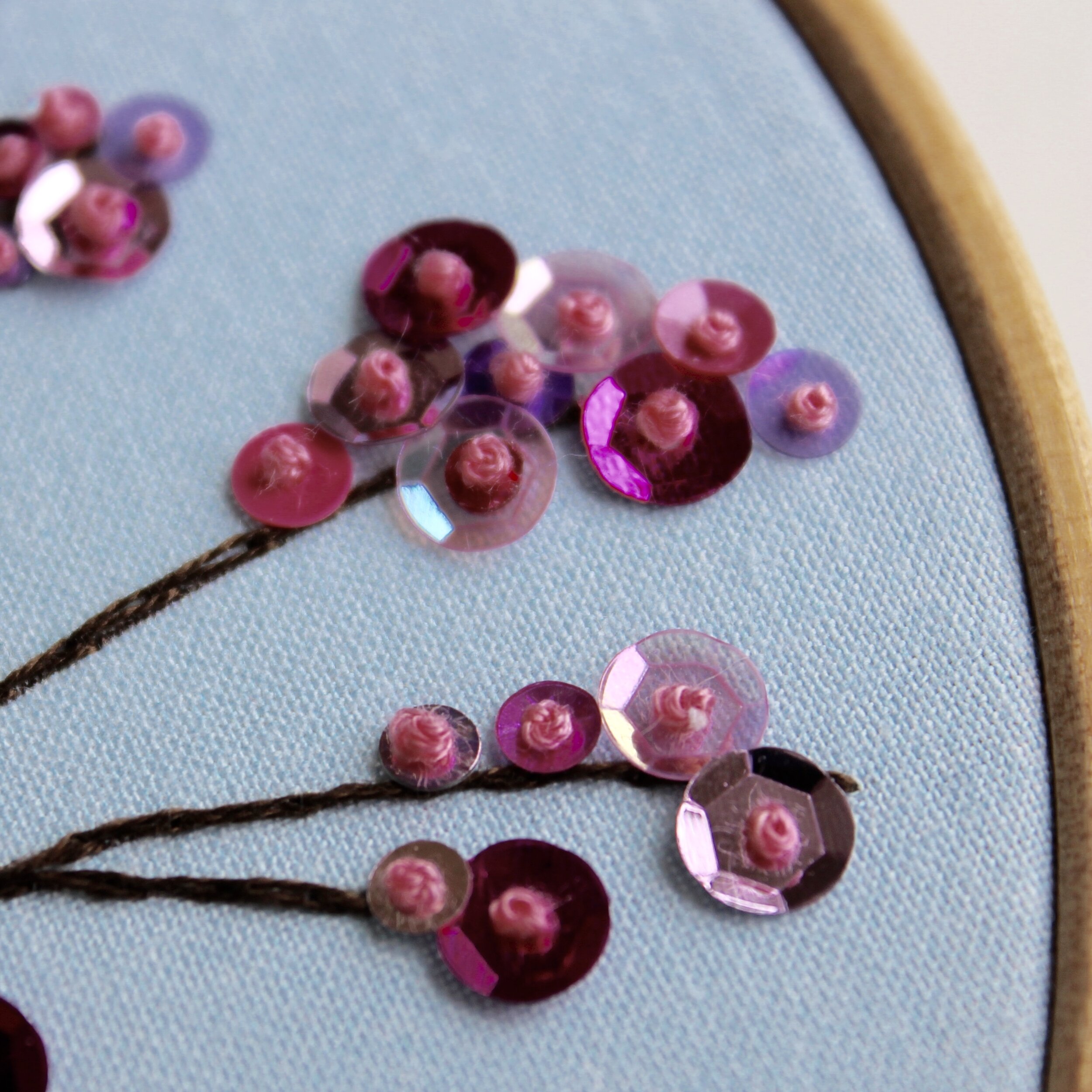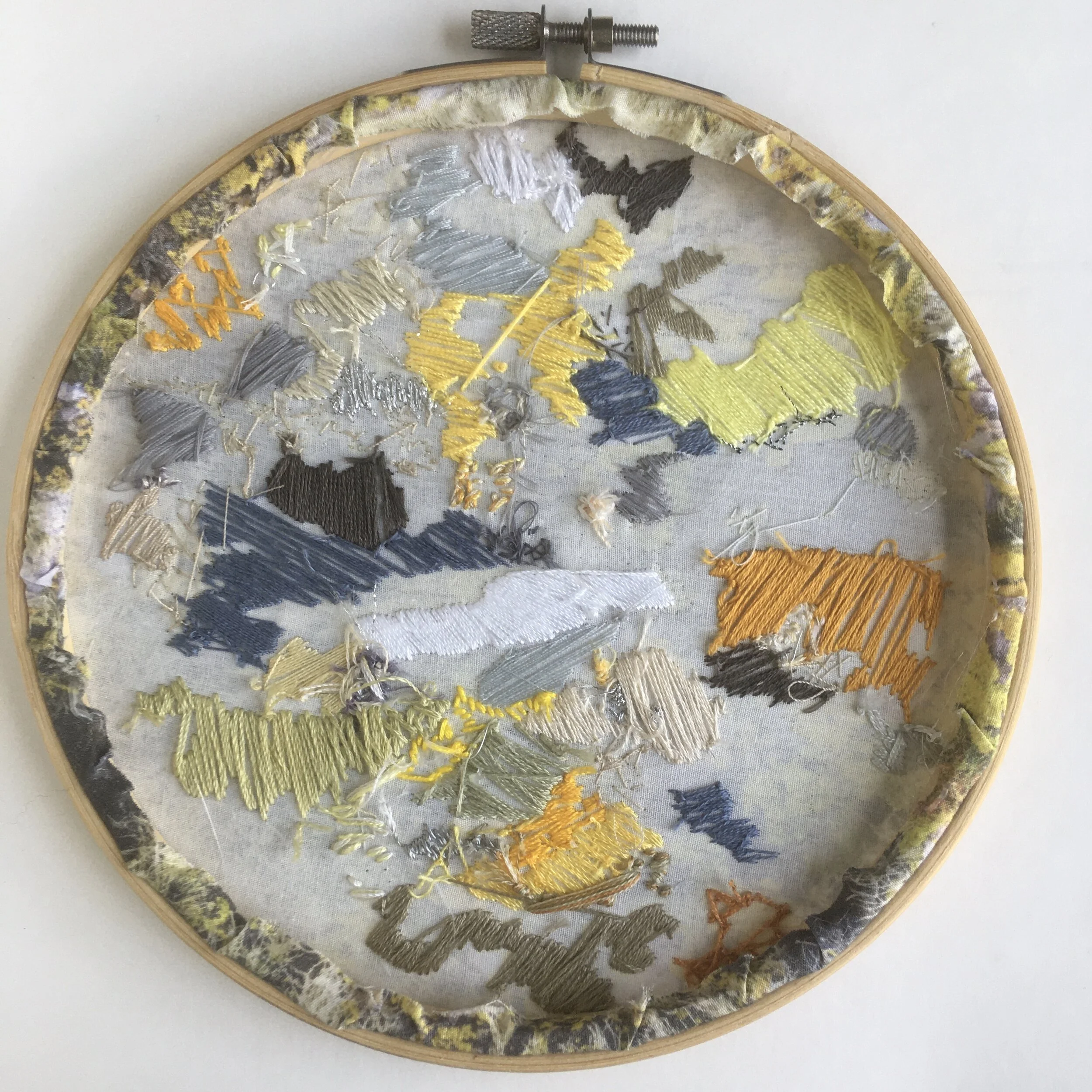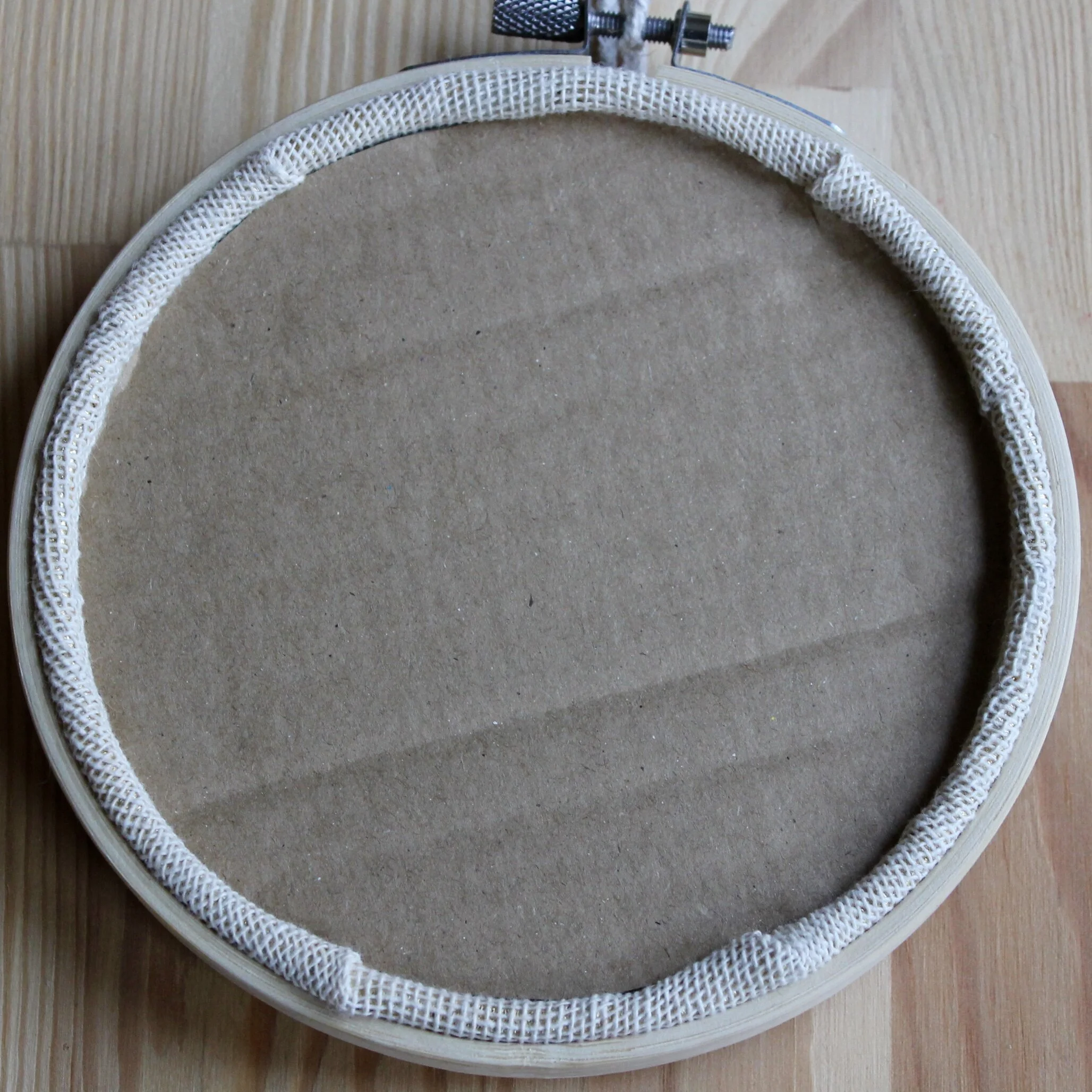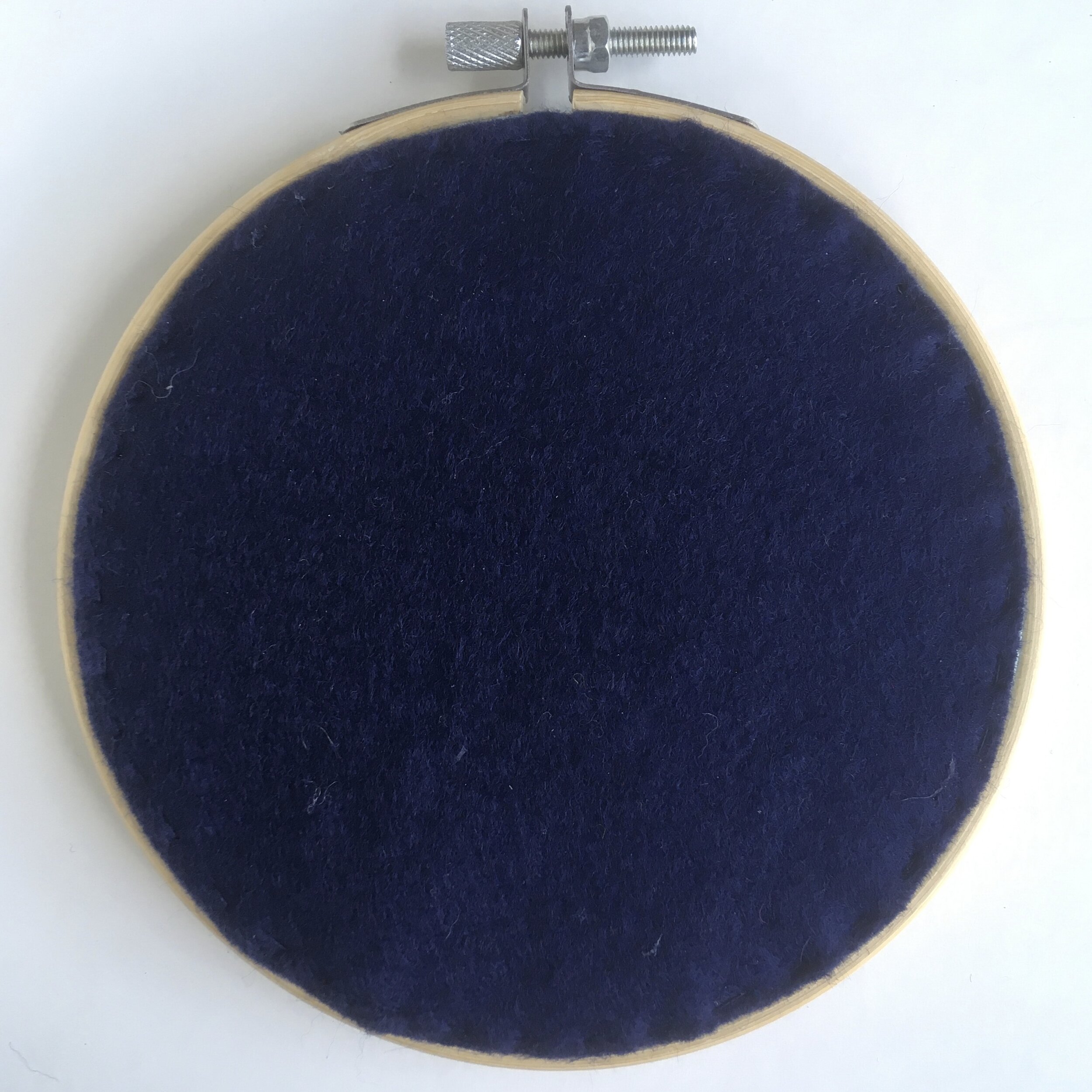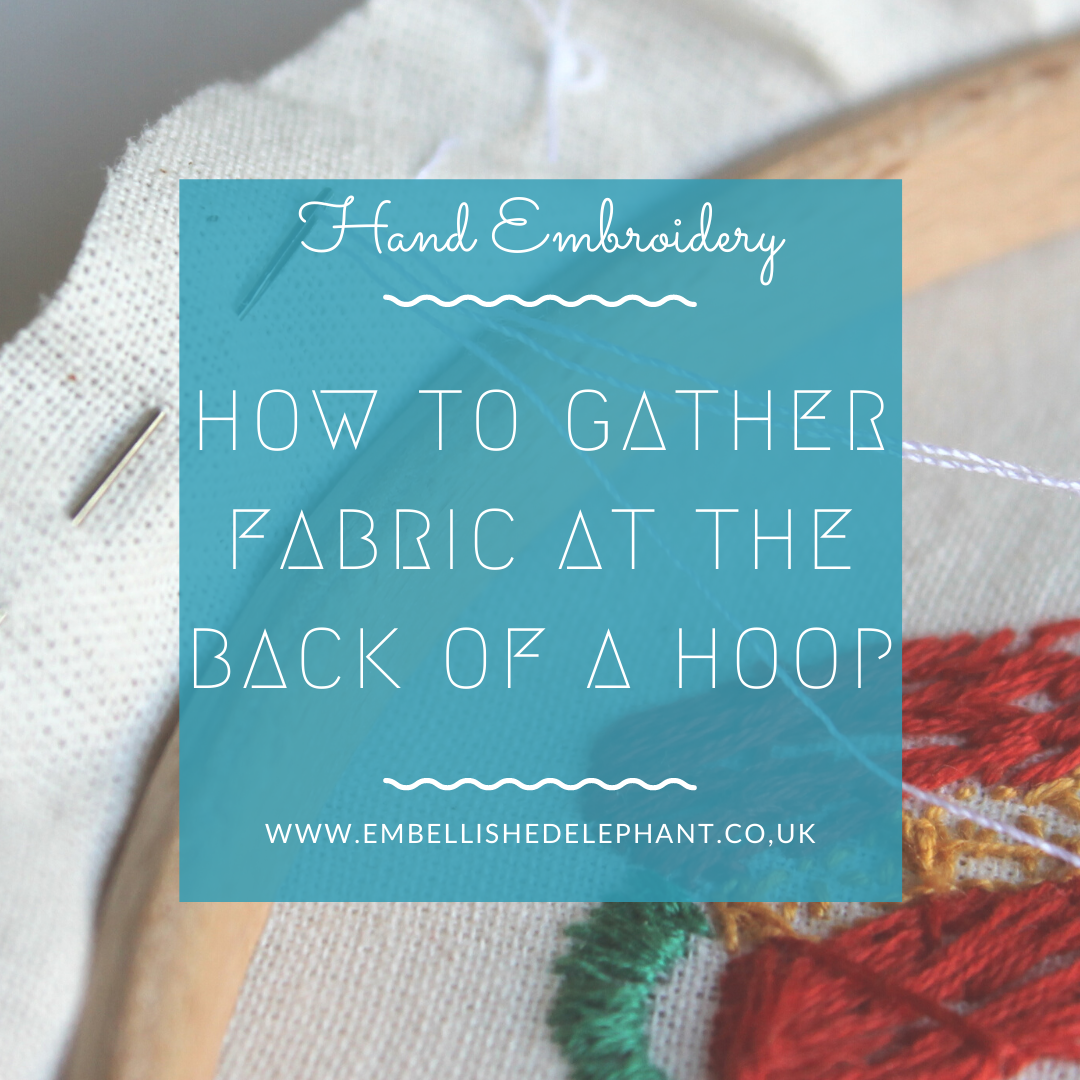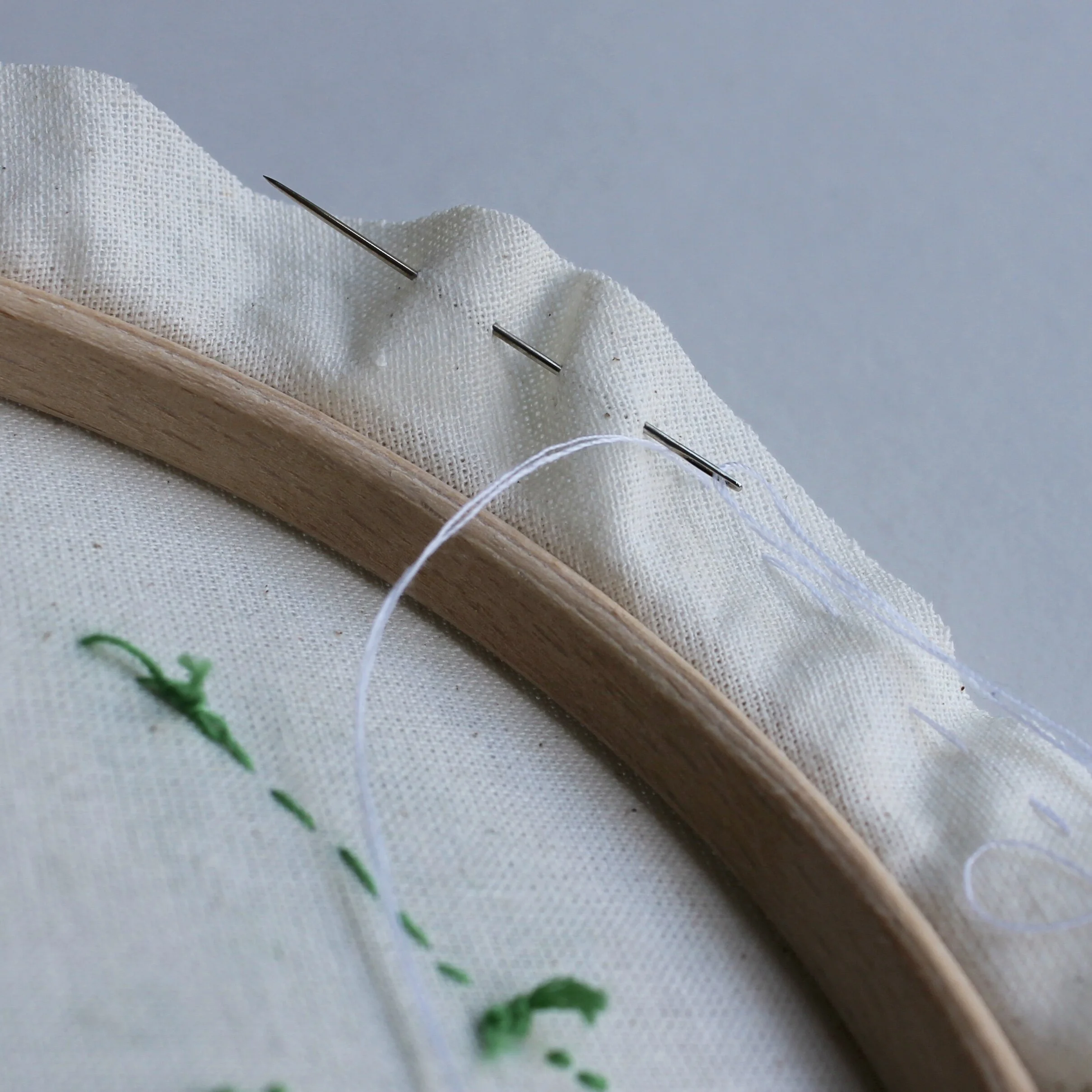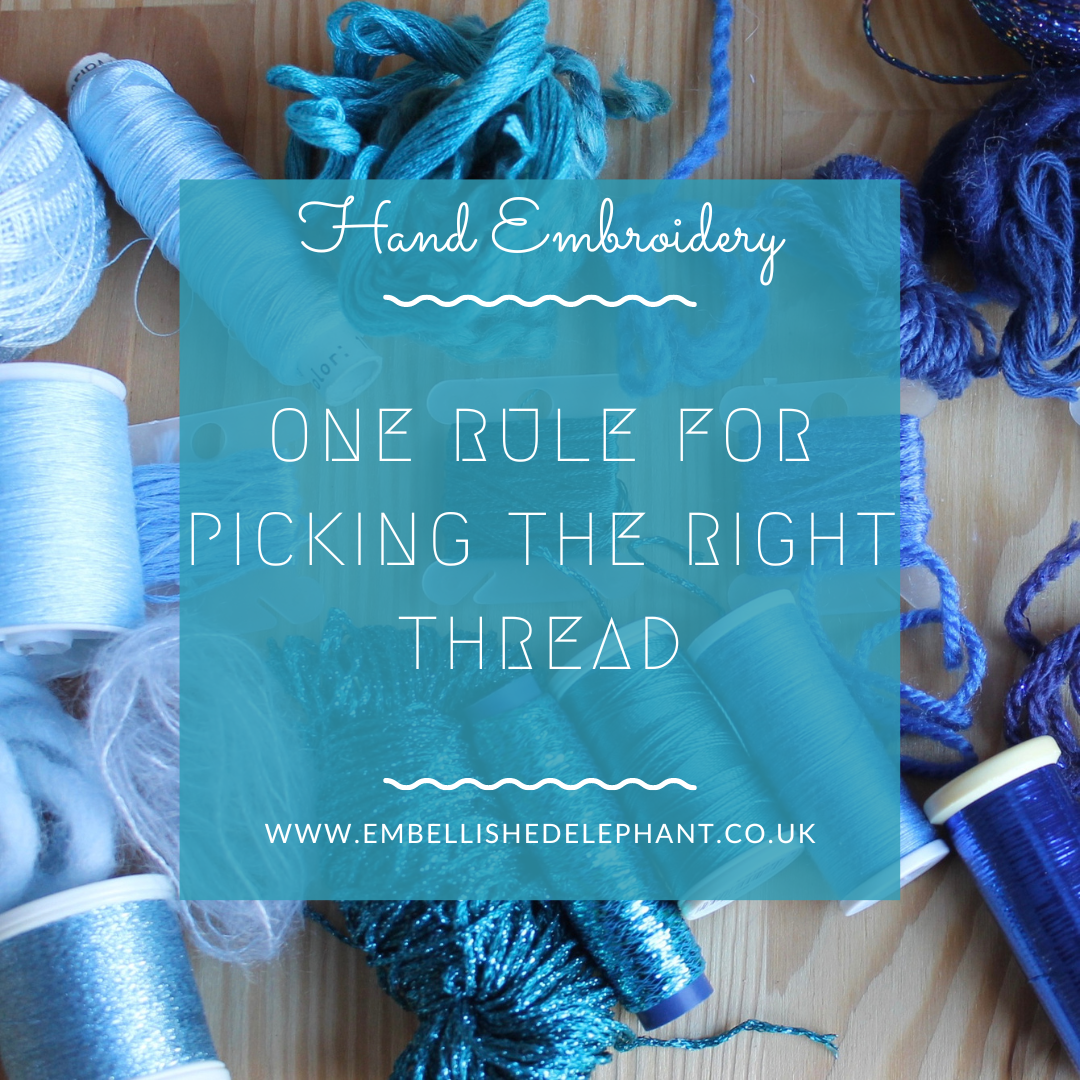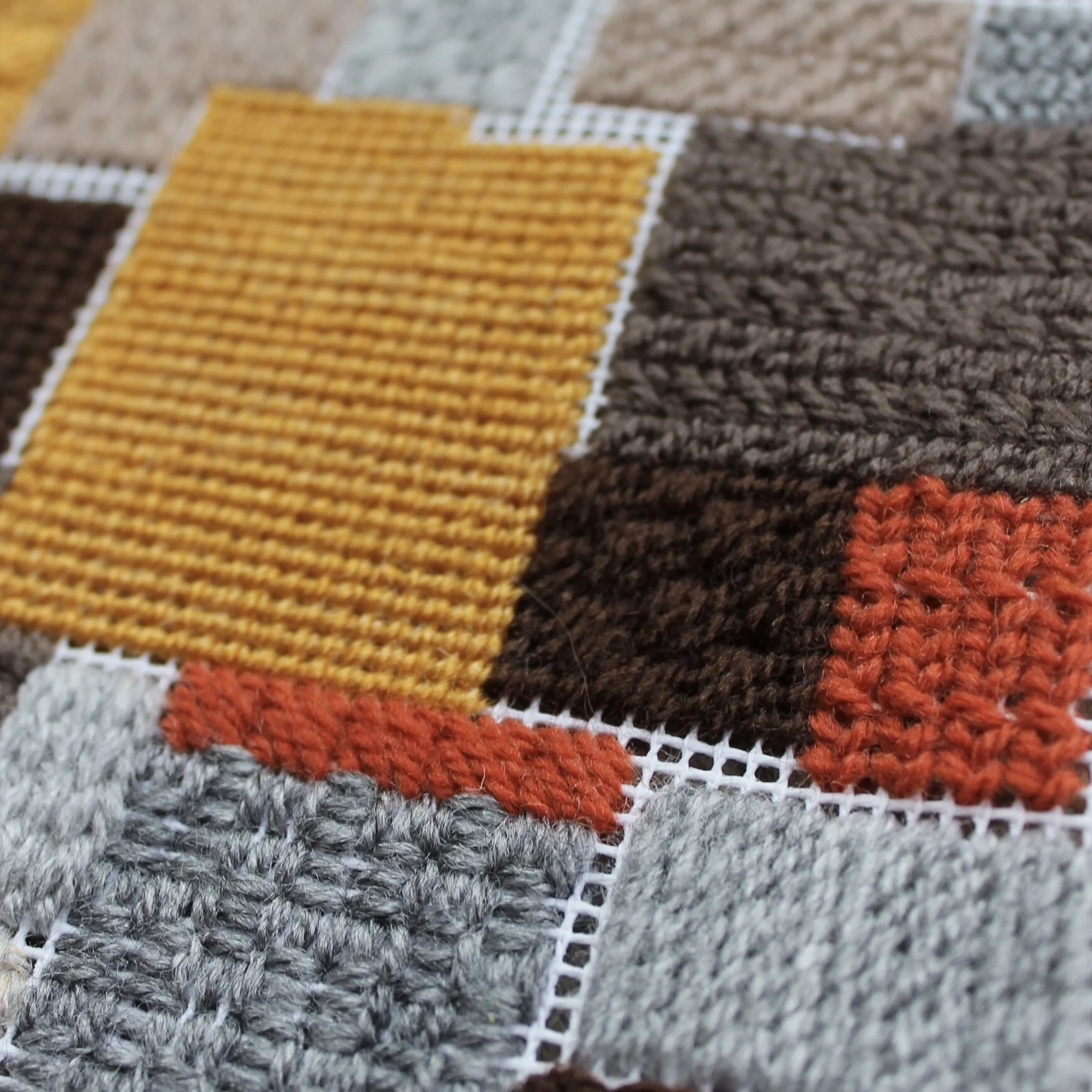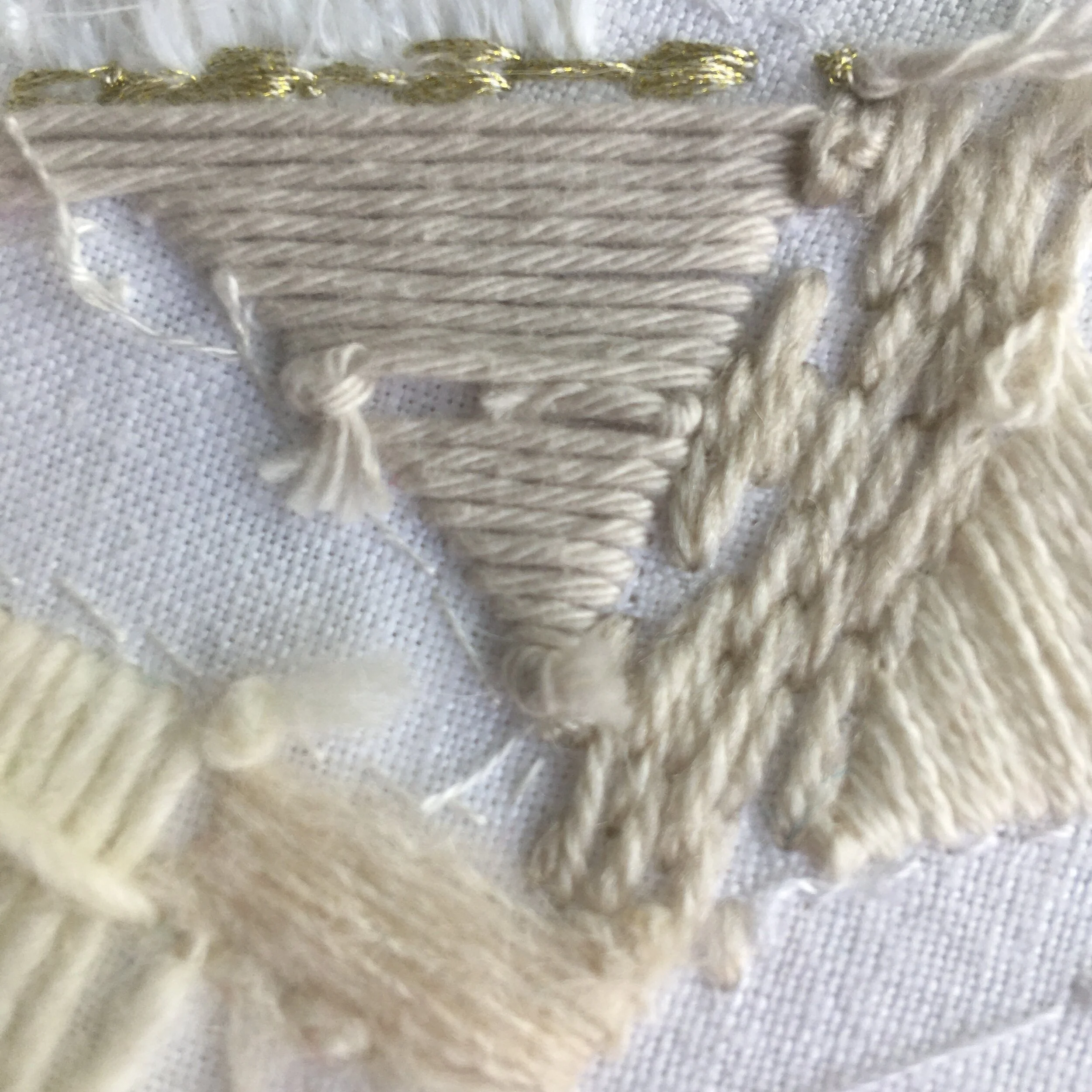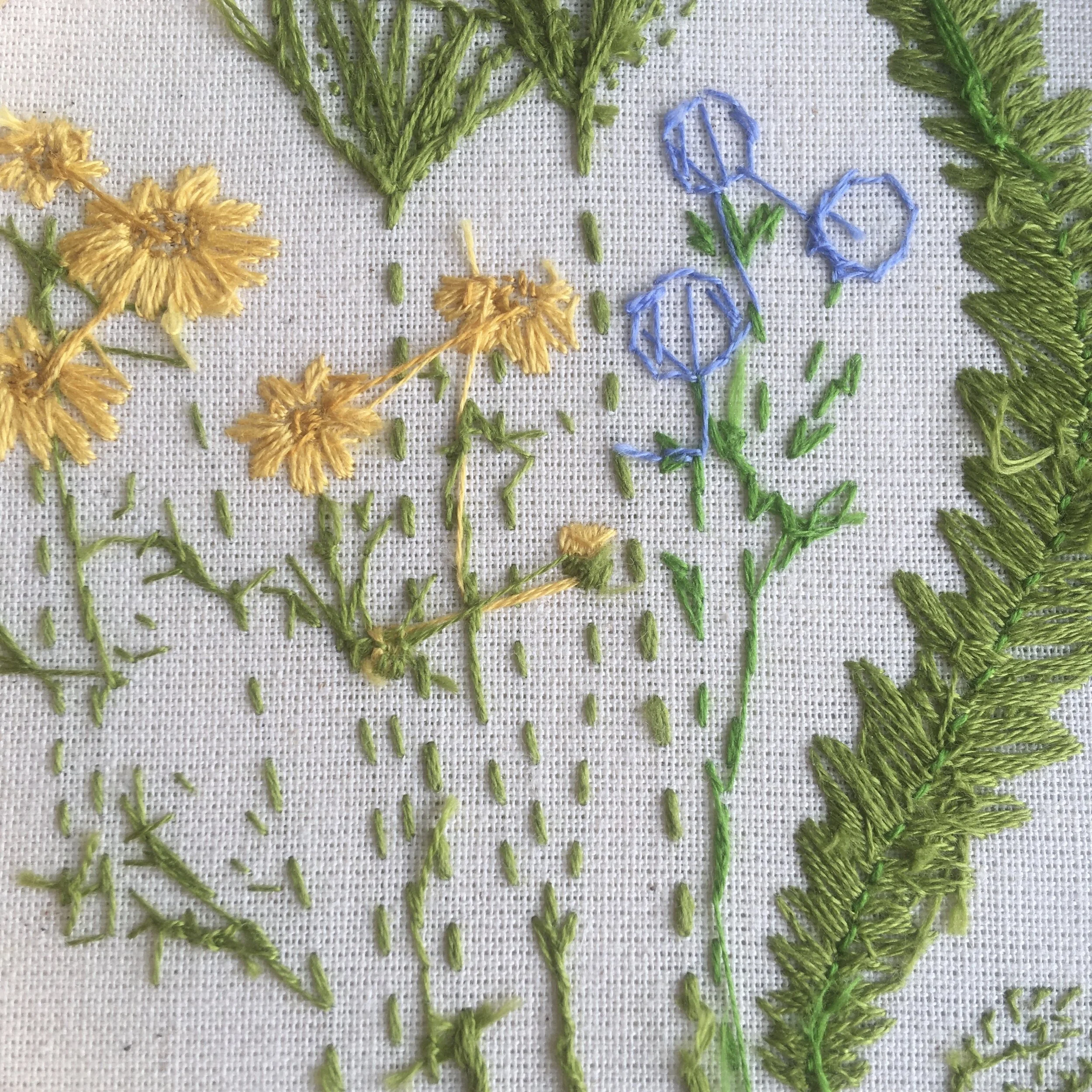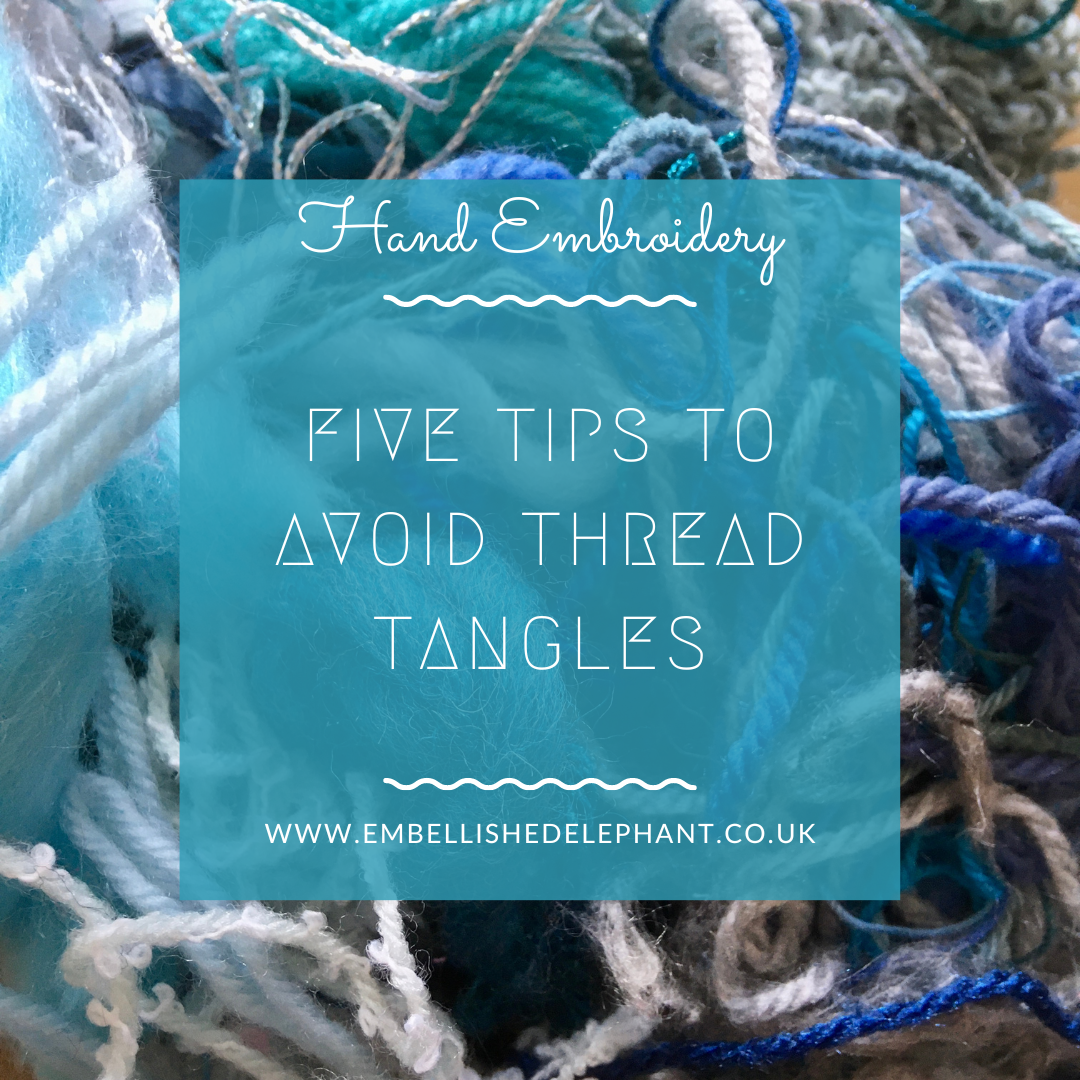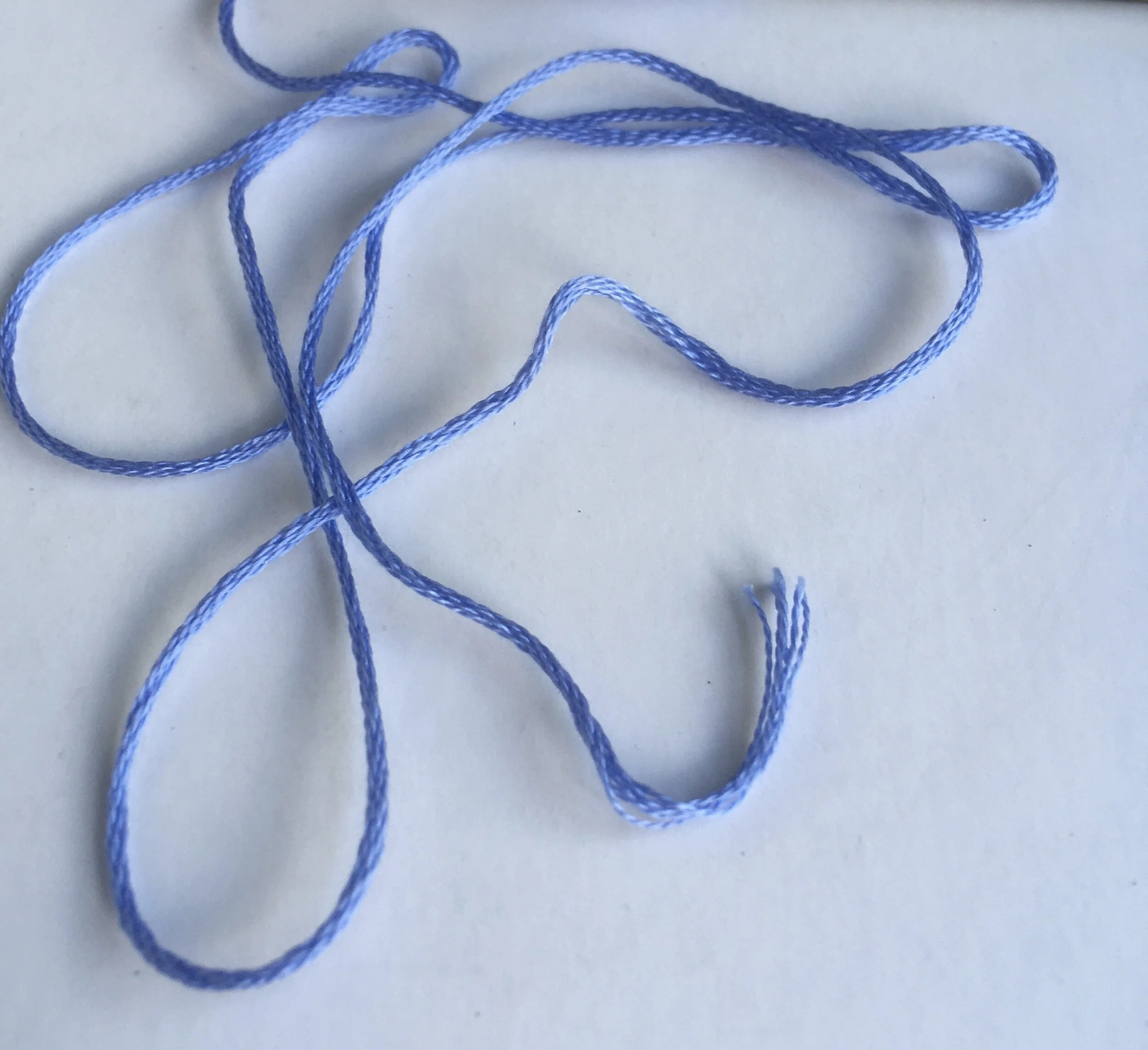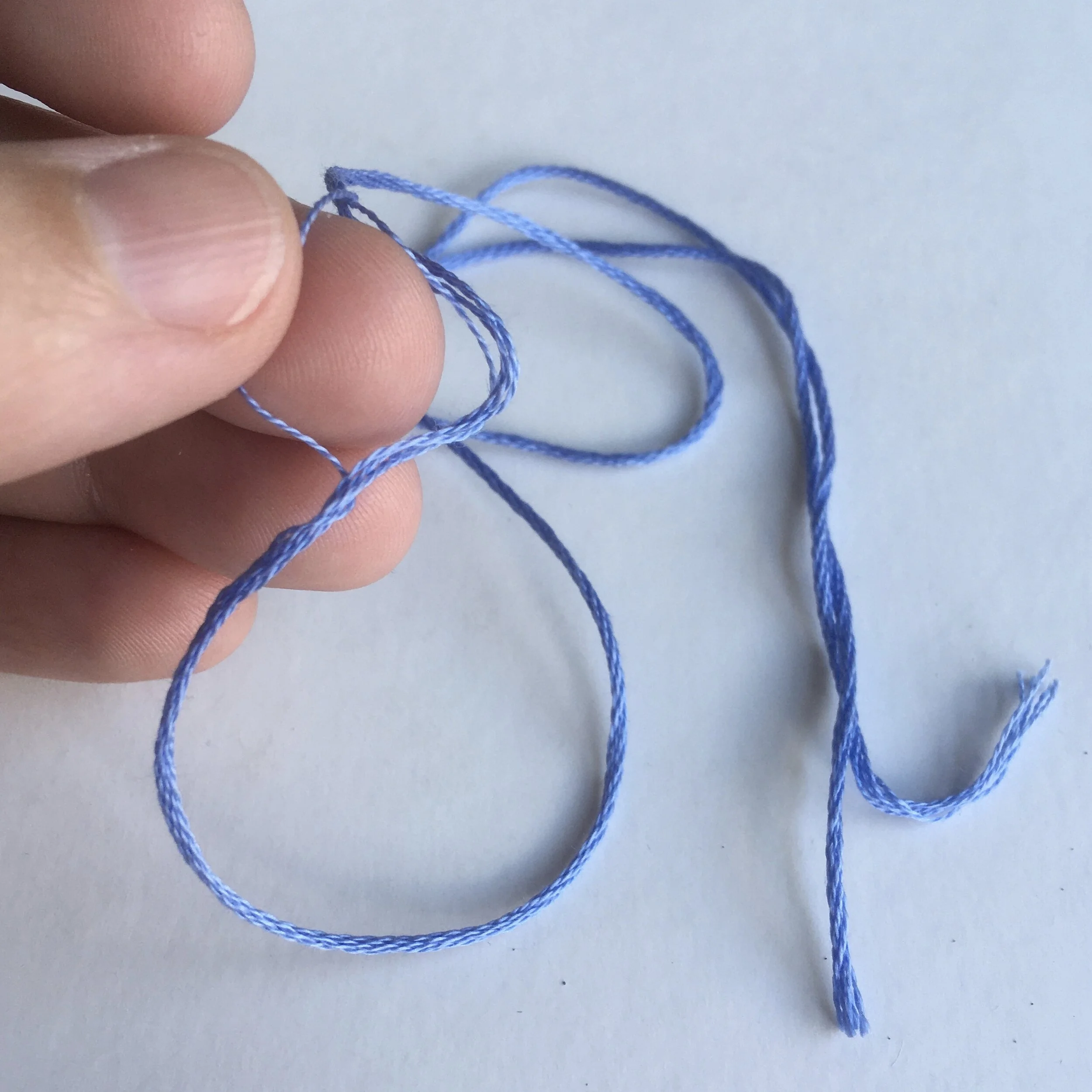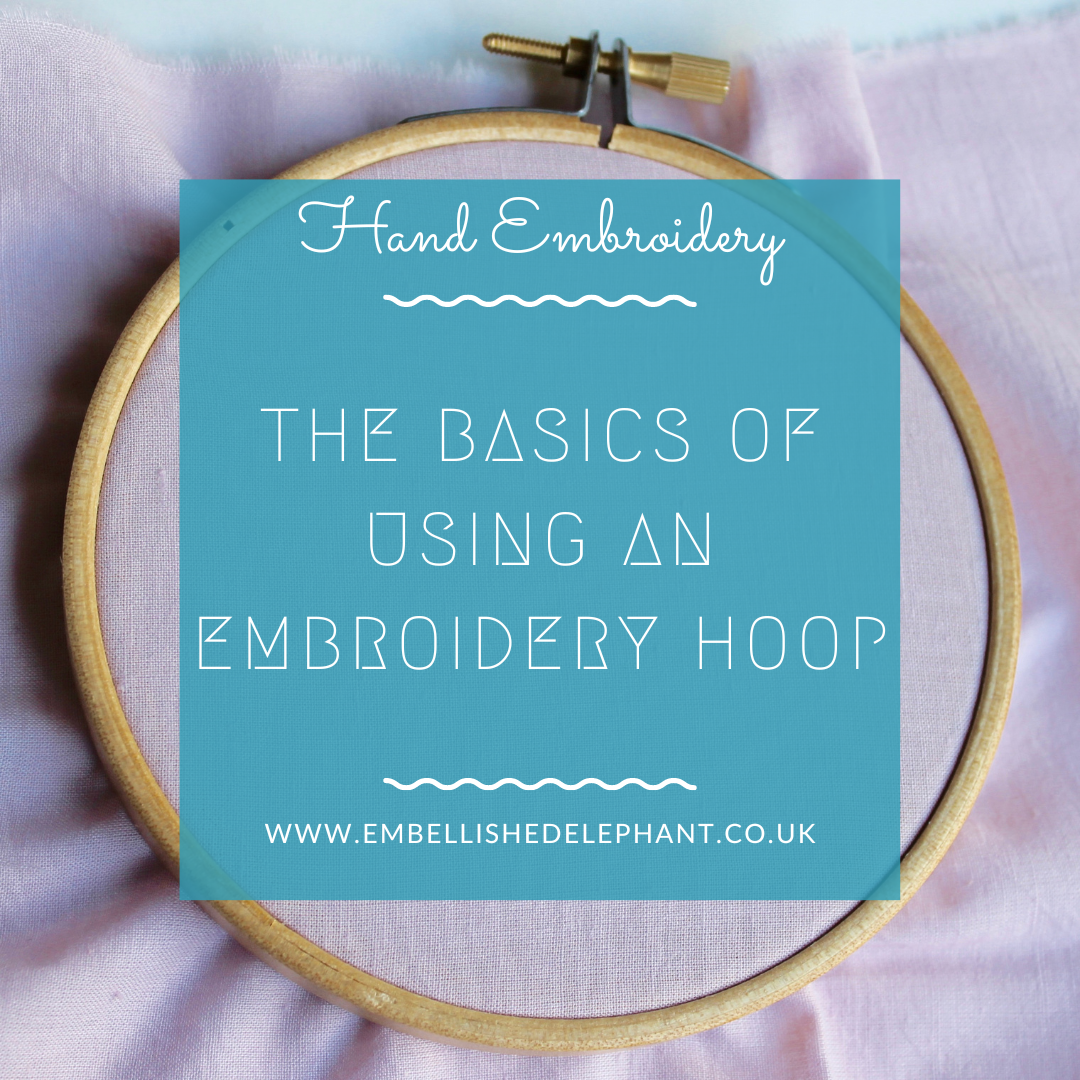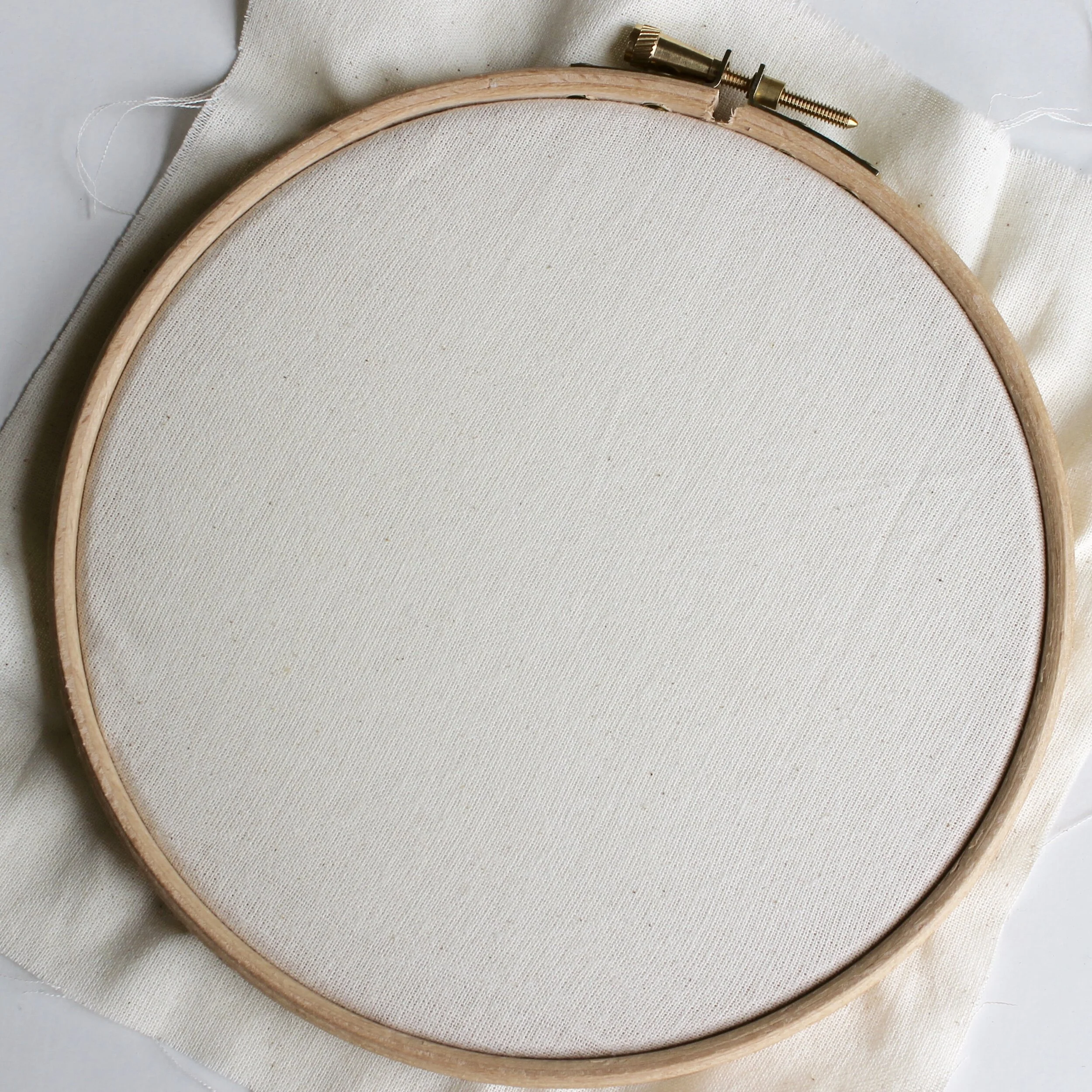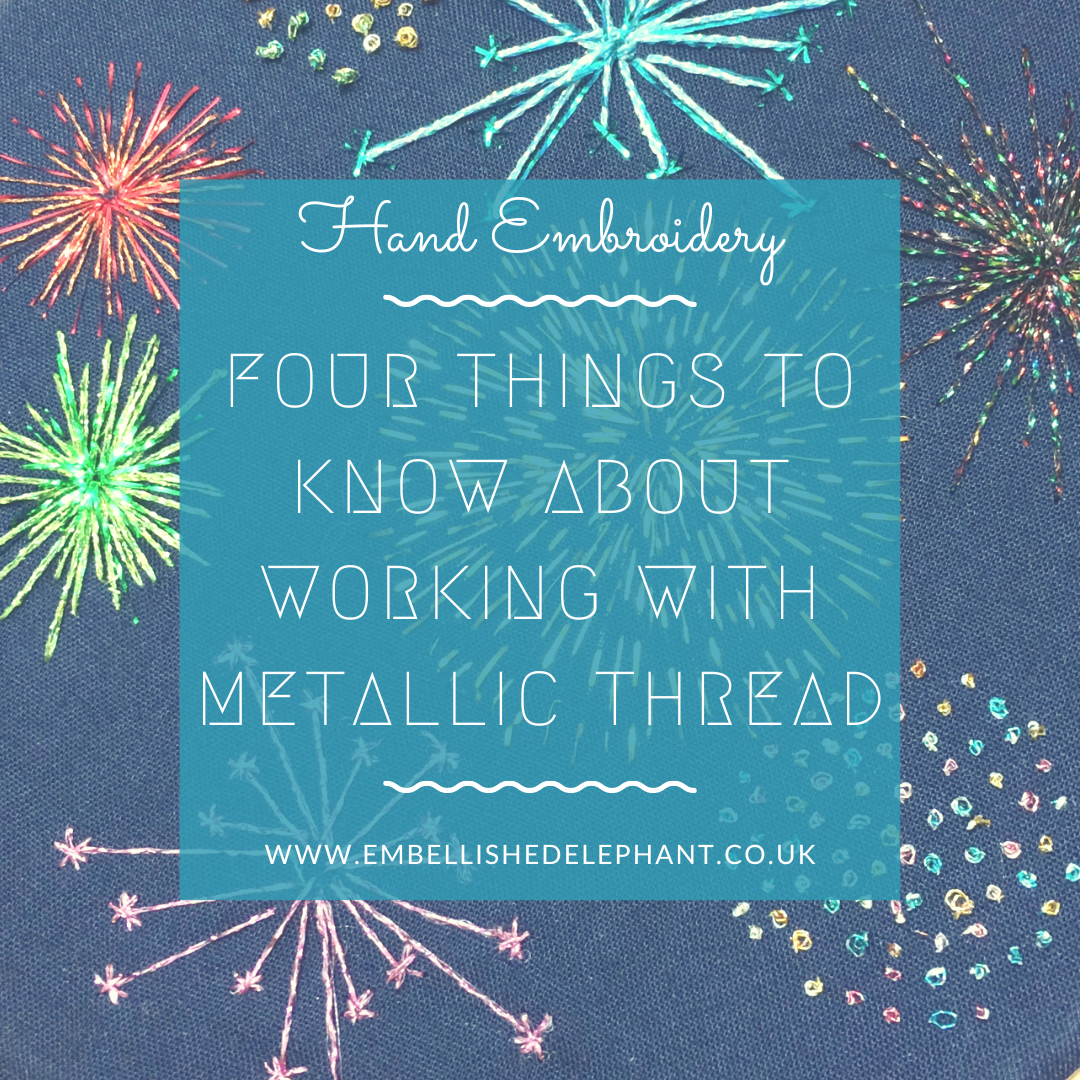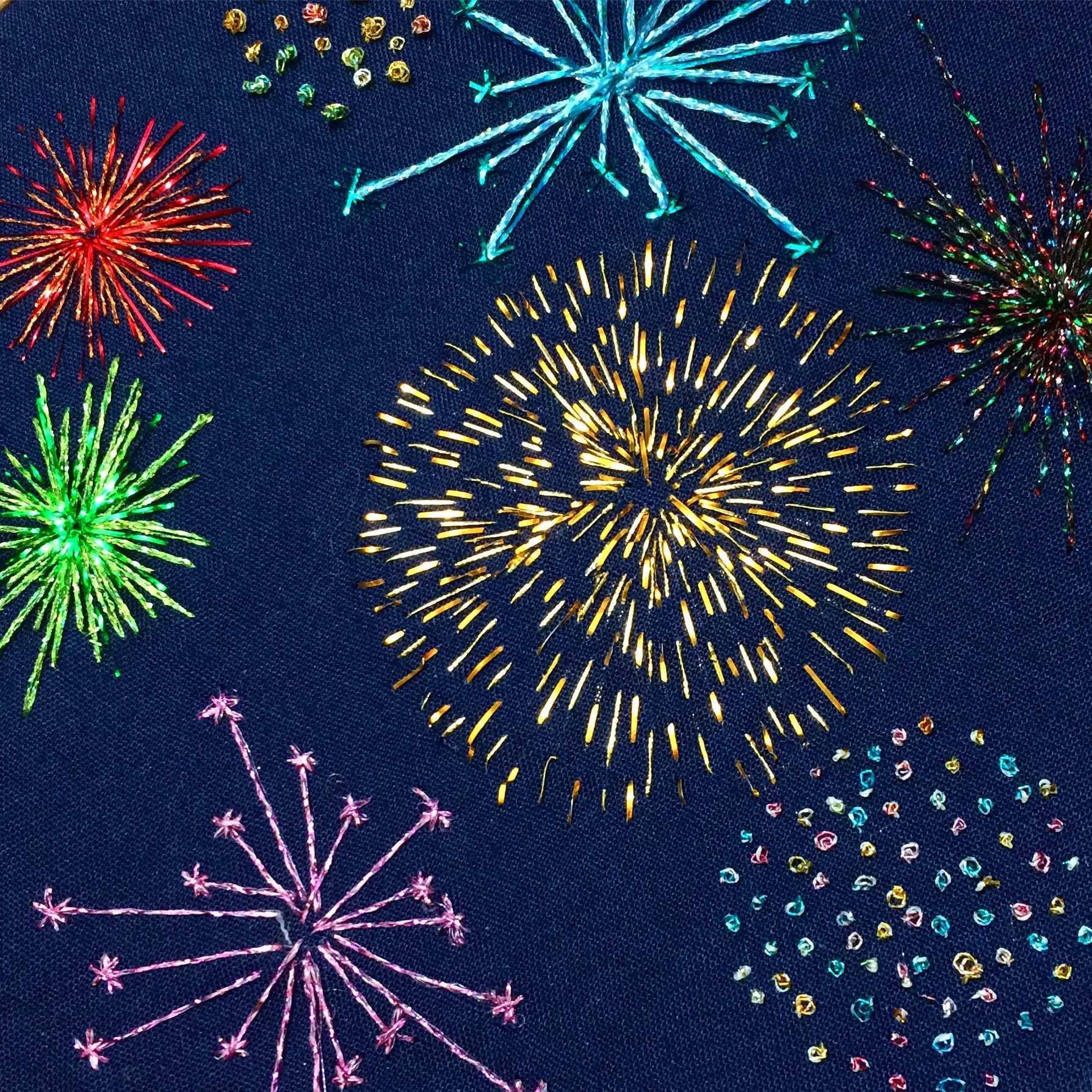There are more ways than ever for getting patterns transferred onto fabric to stitch on such as pre-printed fabric, carbon paper, water soluble paper. But if you are drawing your own pattern or just want a basic transfer methods then all you need is a pen. There are 5 main pens you can use for transferring embroidery patterns:
pencil - whilst not strictly a pen this is a very good option if you are just starting out in embroidery, you just need to draw slow and steady as if you don’t draw accurately you could see the pencil marks show or you have to alter your stitching to cover them up
biro - I’ve see some embroiderers use a biro but you have to be brave to go with this option! At least with pencil it can fade/wash out, biro is a commitment. The only time I use biro is when working with felt as it draws really well on this surface
water erasable - this was the first type of specialist pen I tried, in general it works well, but you have to wet your embroidery all over to get rid of it, this can mean that there are wrinkles in the fabric when it all dries. I’ve also found that some pens require more than one wash to remove
air erasable - the one I bought had a really fine tip which was great for drawing embroideries, however you have to work quickly! The one I had was meant to last 48 hours but the drawing started disappearing in minutes - not helpful
heat erasable - I’d seen a few embroiderers on Instagram recommend this so I purchased some and I’m really impressed. I just run my hairdryer over the fabric once I’ve finished and the pen marks disappear. I did have once incident when I managed to erase a tracing by accident as it was stuck to another piece I was using the hairdryer on but that was user error rather than the pen!
Overall I’d recommend either a pencil or a heat erasable pen (Pilot frixon is the make I use ) for transferring embroideries.
Enjoyed this blog post? I share embroidery tips and a free embroidery pattern in my monthly newsletter. Sign up here to receive the newsletter on the 1st of each the month.

